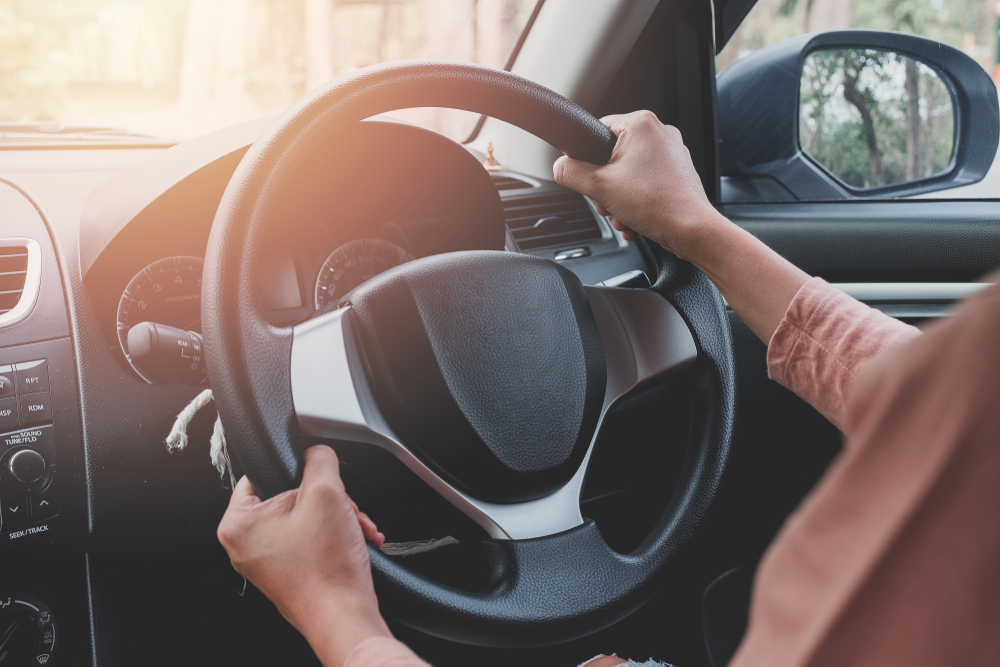Insurance
This is the most dangerous day to drive in December

The 16th is the most dangerous day to drive this month, analysis has revealed.
Drivers are urged to take care on the roads this Monday as statistically, there’s a greater chance of having an accident on that day in December. Overall, the most dangerous day to drive is 16th January.
Telematics car insurer, insurethebox analysed five billion miles of driving data to reveal the dates and said young drivers in particular need to take care, especially if confronting wintry conditions for the first time.
Gary Stewart, service manager at insurethebox, said: “Wintry driving conditions can be a challenge for even the most experienced drivers – and for new drivers black ice, snow or heavy rain can be especially daunting. They can be caught out by black ice on an ungritted road or temporarily blinded by the glare of the bright winter sun.
“Now we are well and truly in the winter months, it’s important, particularly for new drivers, to know how to react in different weather conditions and to spot the potential hazards. For instance, in wet weather, stopping distances could double and may be 10 times greater on icy roads. And rural roads are especially hazardous for younger drivers, due to higher speed limits, tight corners and narrow lanes.
“But by taking time to understand the risks and adjust their behaviour, young drivers can stay safe this winter.”
Top tips for driving in winter
insurethebox lists the following tips:
- Do the 20p test – the law states tyres need to have at least 1.6mm of tread in a continuous band around the central ¾ of the tyre (3mm is the recommended depth)
- Keep headlights and windows clean and clear
- Keep windscreen washer fluid topped up and add de-icer solutions ahead of temperatures dropping
- Check wiper blades are clean and clear, and the wiper rubber is still in contact with the frame of the blade
- It can take 10 times longer to stop on slippery roads, so drivers should consider their speed and allow extra room from the car in front
- Apply brakes gently in snow and ice
- Be extra careful when visibility drops
- Pack an emergency kit, including warm clothing and other breakdown essentials such as reflective gear, a blanket, torch and phone charger
- Take extra food and drink in case of an emergency
- Make sure the fuel tank is always at least a quarter full to allow for getting delayed in traffic in bad weather
- Allow extra time for winter journeys, including time to de-ice the car before setting off.